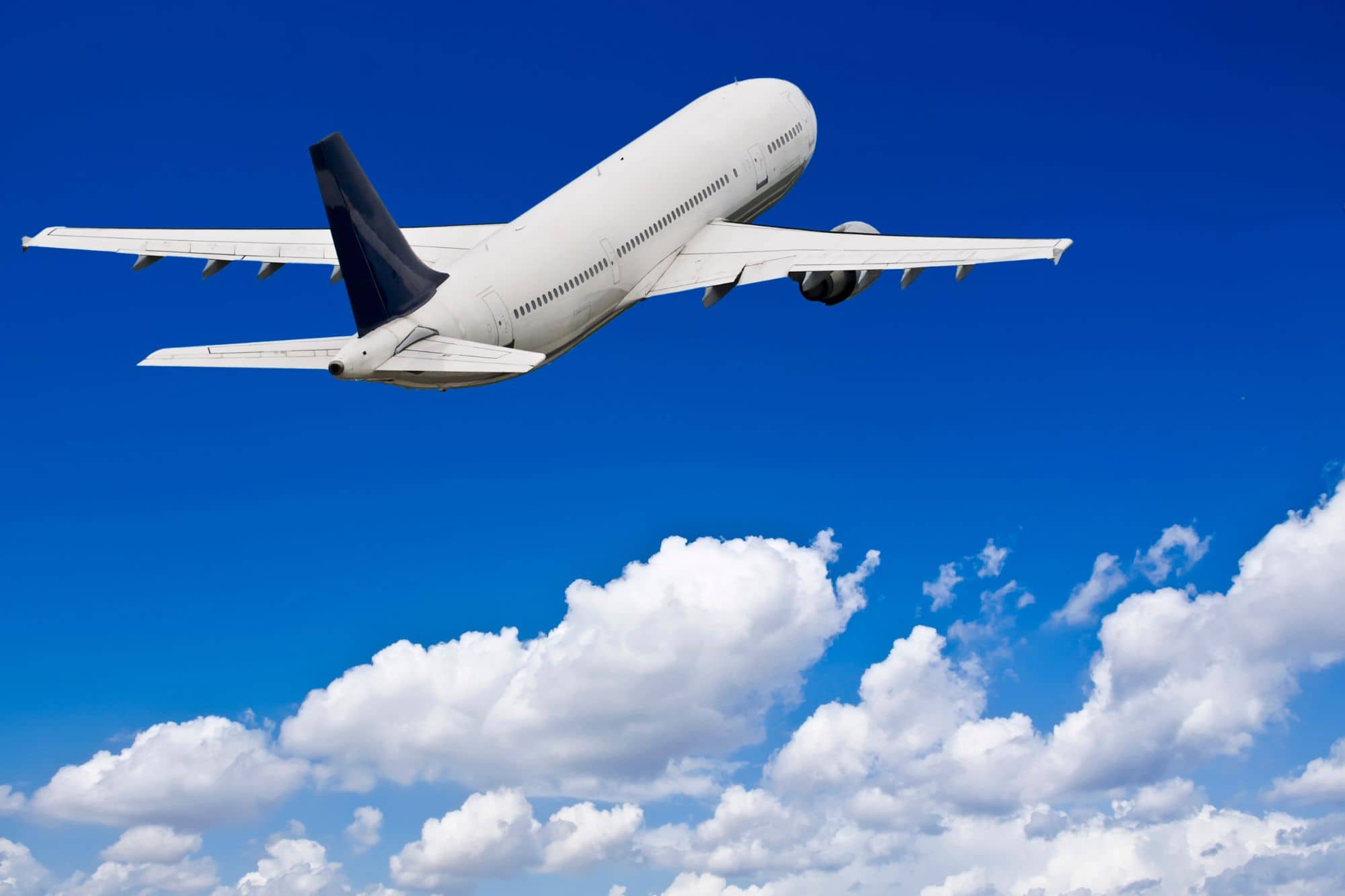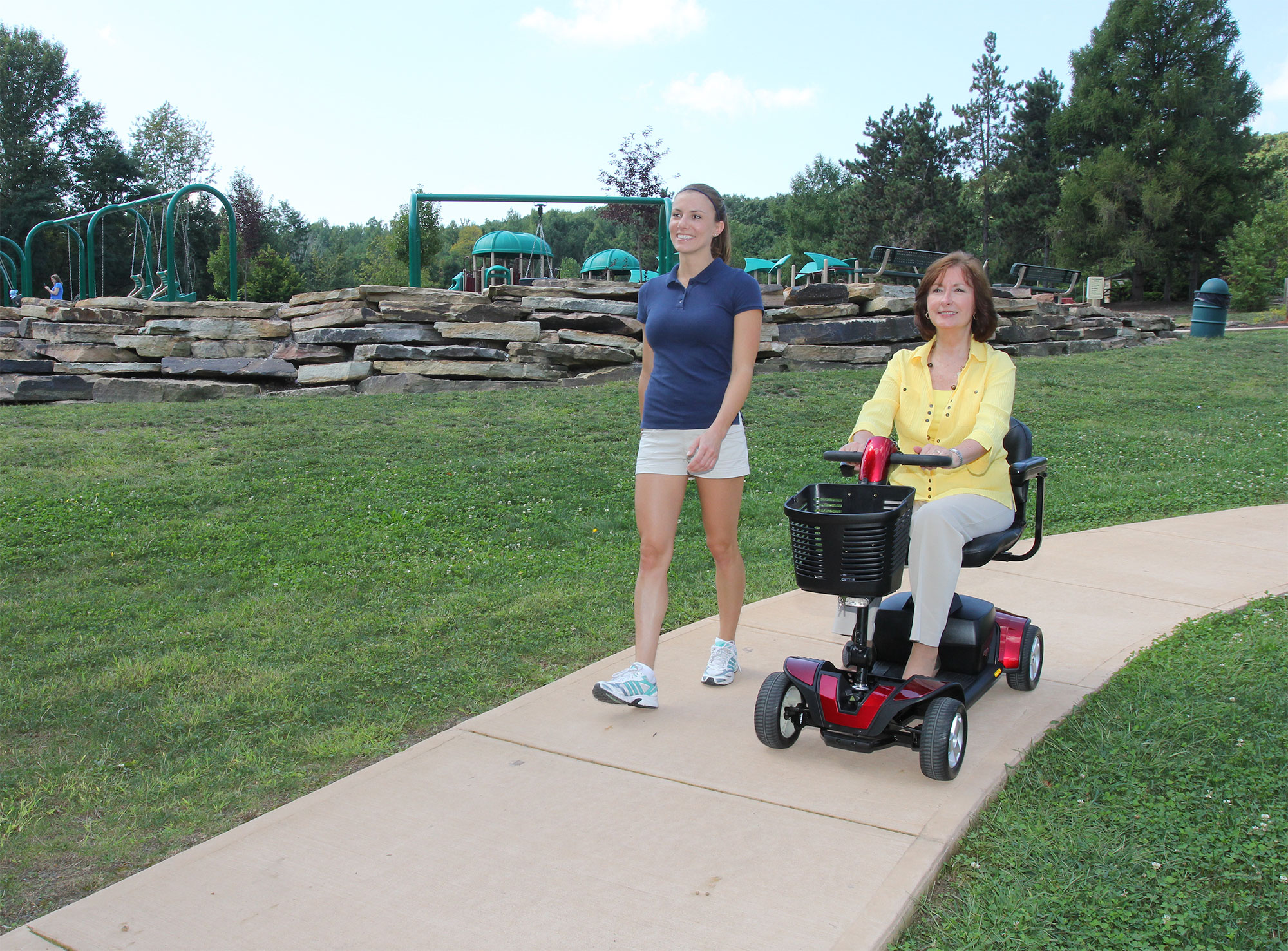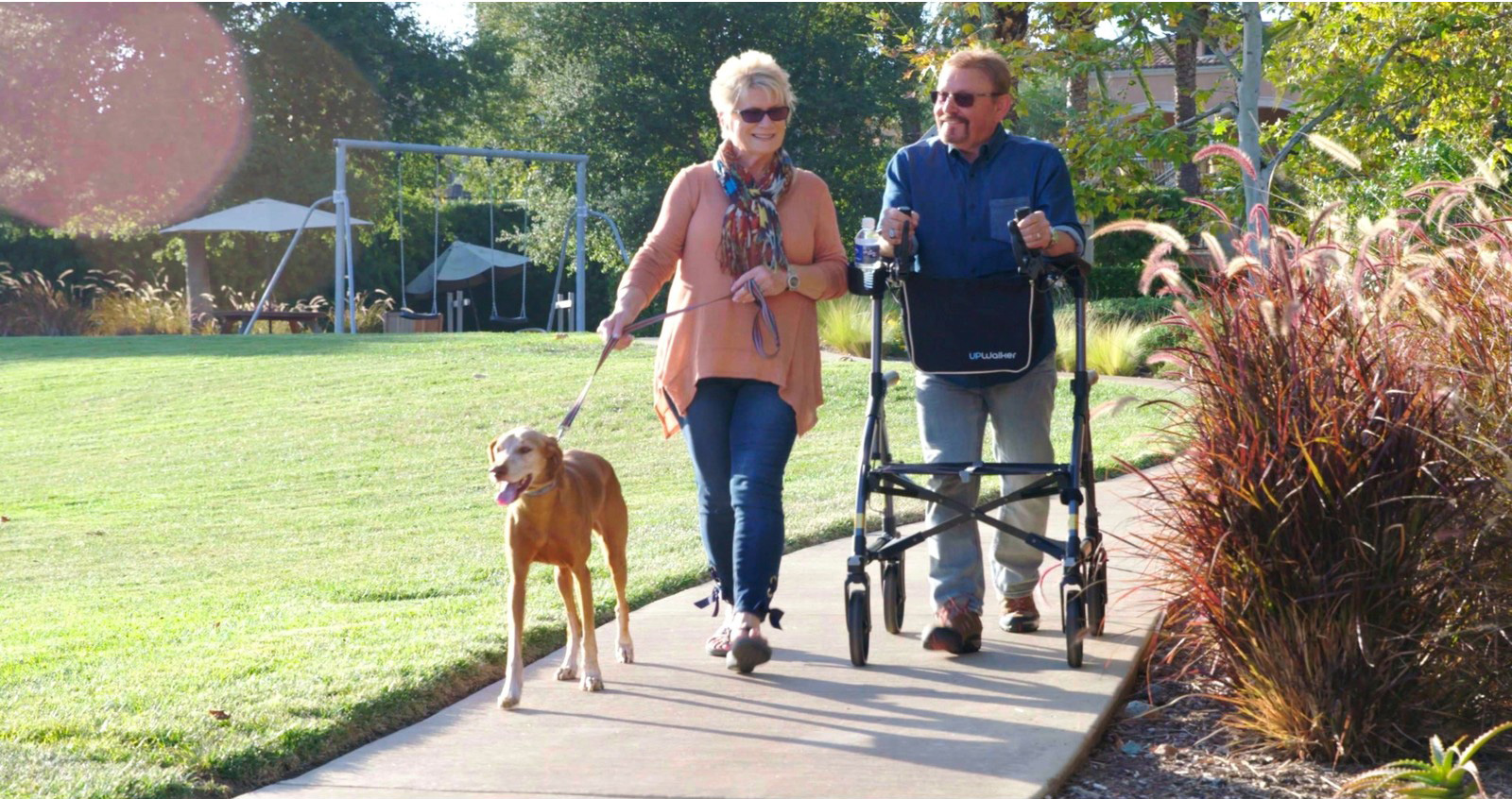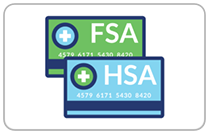Unlocking the Skies: Navigating Air Travel with a Portable Oxygen Concentrator
Traveling—especially during the holidays—allows us to connect with family and friends, explore new horizons, and create lasting memories. Flying can feel intimidating when you rely on continuous oxygen therapy, and the thought of navigating a busy airport with bulky equipment and dealing with the complications of air travel might be enough to keep you grounded. We’re here to help make the impossible possible. In this comprehensive guide to flying with oxygen, we’ll delve into the types of travel oxygen available, explore the intricacies of flying with a portable oxygen concentrator (POC), and provide essential tips for a worry-free journey.
Types of oxygen: Unpacking your travel oxygen therapy options
Before we soar into the details of air travel, let’s explore the various types of oxygen therapy devices.
Portable oxygen concentrators
 A portable oxygen concentrator is a medical device designed to provide concentrated oxygen to individuals who require oxygen therapy in continuous or pulsed delivery. Unlike traditional oxygen tanks, POCs offer greater mobility and convenience for people who need supplemental oxygen, enabling them to lead more active lives. POCs have significantly improved the quality of life for individuals with respiratory conditions that require supplemental oxygen. Their portability and ease of use empower users to participate in various activities, including travel, without the limitations associated with traditional oxygen therapy equipment. It’s important for users to work closely with their healthcare providers to determine the most suitable POC for their specific needs and to ensure proper usage and maintenance. The Federal Aviation Administration (FAA) and the Department of Transportation approve battery-powered POCs for air travel.
A portable oxygen concentrator is a medical device designed to provide concentrated oxygen to individuals who require oxygen therapy in continuous or pulsed delivery. Unlike traditional oxygen tanks, POCs offer greater mobility and convenience for people who need supplemental oxygen, enabling them to lead more active lives. POCs have significantly improved the quality of life for individuals with respiratory conditions that require supplemental oxygen. Their portability and ease of use empower users to participate in various activities, including travel, without the limitations associated with traditional oxygen therapy equipment. It’s important for users to work closely with their healthcare providers to determine the most suitable POC for their specific needs and to ensure proper usage and maintenance. The Federal Aviation Administration (FAA) and the Department of Transportation approve battery-powered POCs for air travel.
Liquid oxygen
Liquid oxygen is a cryogenic form of oxygen that has been cooled to extremely low temperatures and is commonly used for individuals requiring oxygen therapy. Liquid oxygen can provide a compact and long-lasting source of supplemental oxygen compared to traditional compressed oxygen cylinders, and is used in both stationary home systems and portable units.
Due to safety concerns, the FAA prohibits the use of liquid oxygen on commercial flights. Despite its limitations in certain situations, liquid oxygen remains an important and effective solution for those requiring consistent and high-flow oxygen delivery.
Oxygen tanks
Oxygen tanks are probably the most commonly thought of delivery devices for oxygen therapy in patients with chronic respiratory conditions like chronic obstructive pulmonary disease (COPD) or pneumonia. These are pressurized containers that store and deliver medical-grade oxygen for people with respiratory conditions. Oxygen tanks come in various sizes to accommodate different levels of oxygen demand for both home and clinical settings. While oxygen tanks offer mobility, they have limitations in terms of size, weight, and duration of use. This makes them less suitable for certain activities, especially travel. Traditional oxygen tanks are not approved by the FAA for commercial aircraft.
Can you fly with an oxygen therapy device?
In short. Yes, you can fly if you are prescribed oxygen, however, the FAA strictly regulates the transportation of oxygen on commercial flights. For example, oxygen tanks and liquid oxygen aren’t permitted aboard aircraft. Instead the FAA has reviewed and approved specific battery-powered POCs, making portable oxygen concentrators the only viable option for individuals who need oxygen therapy while traveling by air.
Before you fly: Preparing for takeoff
Flying with a portable oxygen concentrator requires some preparation. When making your reservation, notify the airline you’ll be using oxygen during the flight. Some airlines may require at least 48 hours notice and additional paperwork or a medical form completed by your physician. Here are links to the POC information pages for several popular airlines.
Alaska Airlines
Allegiant Air
American Airlines
Delta Airlines
Frontier Airlines
Hawaiian Airlines
Jet Blue Airlines
Southwest Airlines
Spirit Airlines
United Airlines
Navigating the skies with your portable oxygen concentrator
Checking-in with your POC
Plan to check in the ticketing counter of the airline you’re flying, as most airlines don’t allow passengers with POCs to use their website, mobile app, or kiosks for checking-in. Be sure to allow up ample time for check-in—consider checking in at least one additional hour more than the airlines recommended check-in time.
Boarding
While preboarding isn’t required for most passengers traveling with their POC, you might find preboarding helpful for navigating the jetway, locating your seat, and stowing your POC unit.
Seating
In accordance with FAA Safety Regulations, passengers using an approved POC must be seated closer to the window than anyone else in your row and you may not sit in an emergency exit seat. This means in many situations, if you’re using an approved POC you must be seated in a window seat. Additionally, as your POC must be stored under the seat in front of you, you may not be seated in the first row (bulkhead).
Stowing
As you settle into your seat, it’s crucial to adhere to certain guidelines to ensure a safe and comfortable journey. Federal safety regulations require that a POC used inflight must fit completely under the seat in front of you. This space is typically about 16.25” (L) x 13.5” (W) x 8” (H)*.
While there isn’t typically a maximum weight for POCs, any abnormally heavy item that appears to exceed the structural limitations of a designated carryon stowage area must be checked and carried in the cargo hold.
Battery life
Your POC may only be used in battery-operated mode. We don’t have electrical outlets onboard the plane for commercial product use. You must have a sufficient number of fully charged batteries to cover no less than 150% of the expected maximum flight duration, which is based on the scheduled flight time and factors such as weather conditions, traffic delays, and any other conditions that may delay travel. We recommend carrying at least one extra battery. Extra batteries must be carried on and cannot be inside of checked luggage.
Soaring above limitations
For people prescribed continuous oxygen therapy, the prospect of air travel may seem challenging. However, with the right information and preparation, flying with a portable oxygen concentrator can be a seamless and enjoyable experience.
Empowering your journey: FAQs about flying with a portable oxygen concentrator
Q: What airlines allow portable oxygen concentrators?
A: Most major airlines accommodate portable oxygen concentrators. It’s always advisable to check with your specific airline for their policies.
Q: Can I use my portable oxygen concentrator throughout the flight?
A: Yes, once the flight reaches cruising altitude, you can use your POC as needed. However, follow the airline’s guidelines and inform the cabin crew.
Q: How do I know if my POC is FAA-approved?
A: Visit this link for an updated list of FAA-approved portable oxygen concentrators.
Q: What if I don’t have a portable oxygen concentrator?
A: AZ MediQuip rents FAA-approved portable oxygen concentrators on a weekly or monthly basis. A prescription is required, so be sure to connect with your physician to confirm a POC is a viable option for meeting your therapeutic needs, and then contact your closest medical equipment store to book your POC reservation.
















